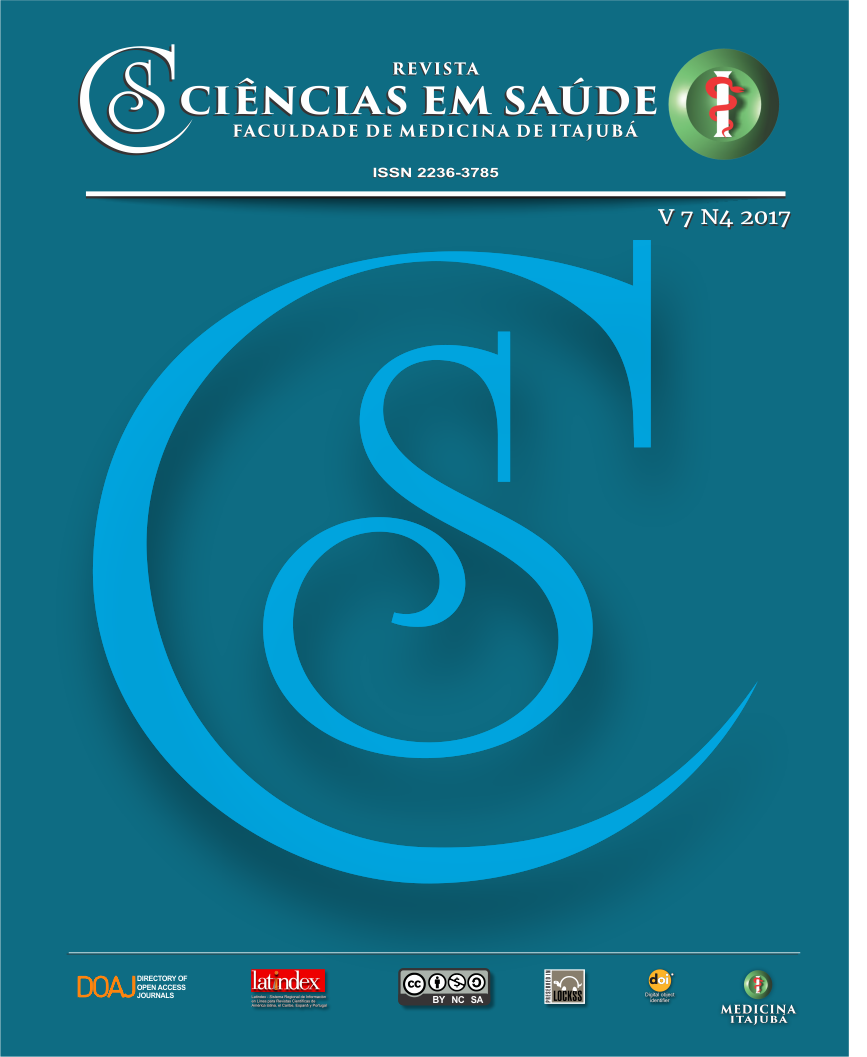Percepções da morte e do morrer para residentes de medicina em um hospital terciário / Perceptions of death and dying for medical residents of a tertiary hospital
Main Article Content
Abstract
Introdução: A abordagem histórica da morte aponta uma significativa mudança em relação às atitudes perante o tema nas sociedades ocidentais a partir do século XX. Esse fato se deve ao progresso das técnicas médicas, o qual viabilizou a transferência dos enfermos e da morte para o contexto hospitalar. Objetivos: Conhecer as percepções de médicos residentes em relação à morte e ao preparo acadêmico e profissional para lidar com situações de óbito hospitalar. Métodos: Trata-se de estudo de abordagem quantitativa, descritiva e transversal a partir de um questionário estruturado aplicado em 40 residentes do Hospital Escola da Faculdade de Medicina de Itajubá (HE/FMIt). Resultados: Do total de residentes entrevistados, 62,5% afirmam terem tido capacitação acadêmica para lidar com a morte de pacientes; a preparação teórica e prática para comunicação de óbito aos familiares foi apontada como regular por 45,0% dos entrevistados; 57,5% sentem-se seguros no ato de transmitir a má noticia. Os recursos pessoais apontados pelos residentes para o enfrentamento das situações de óbito foram o controle emocional (60,0%) e o amor pela profissão (47,5%); os significados atribuídos à morte foram de Passagem (47,5%) e Processo (40,0%). Conclusão: Conclui-se que as concepções dos residentes revelam uma preparação para situações de morte e morrer no contexto hospitalar suficiente para a prática clínica, embora ainda com lacunas na formação, o que reforça a necessidade de estudos sobre o tema e o planejamento de ações de humanização no cuidado aos pacientes, melhorando a qualidade da assistência à saúde.
Palavras-Chave: Morte; Tanatologia; Atitude frente à morte; Assistência terminal; Educação para morte
Introduction: The historical approach to death points to a change in attitude toward the subject in Western societies starting in the twentieth century. This fact is due to the progress of medical techniques which, without qualification, made the transfer of patients and death to the hospital context possible. Aims: To know the perceptions of resident physicians in relation to death and to know their academic and professional preparation for dealing with deaths in hospitals. Methods: This is a quantitative, descriptive and cross-sectional study based on a structured questionnaire applied to 40 residents of the School Hospital of the Medical School of Itajubá (HE / FMIt). Results: From the total number of residents interviewed, 62.5% said they had had the academic preparation to deal with the death of patients; 45.0% said they had theoretical and practical preparation for the communication of death to family members and to the community; and 57.5% feel confident about giving the bad news. Concerning the human resources that were required for dealing with death-related situations pointed out by residents, they were emotional control (60.0%) and love for the profession (47.5%). As for the meanings attributed to death, they were Passage (47.5%) and Process (40.0%). Conclusion: It is concluded that although residents' conceptions reveal a preparation for death and dying in the hospital context that is sufficient for clinical practice, there are still gaps in their training, which reinforces the need for studies on the theme and the planning of humanization actions in the care of patients, improving the quality of health care.
Keywords: Death; Thanatology; Attitude towards death; Terminal assistance; Education for death
Article Details
Authors maintain copyright and grant the HSJ the right to first publication. From 2024, the publications wiil be licensed under Attribution 4.0 International 
 , allowing their sharing, recognizing the authorship and initial publication in this journal.
, allowing their sharing, recognizing the authorship and initial publication in this journal.
Authors are authorized to assume additional contracts separately for the non-exclusive distribution of the version of the work published in this journal (e.g., publishing in an institutional repository or as a book chapter), with acknowledgment of authorship and initial publication in this journal.
Authors are encouraged to publish and distribute their work online (e.g., in institutional repositories or on their personal page) at any point after the editorial process.
Also, the AUTHOR is informed and consents that the HSJ can incorporate his article into existing or future scientific databases and indexers, under the conditions defined by the latter at all times, which will involve, at least, the possibility that the holders of these databases can perform the following actions on the article.
